Scientists who have described in a new study the step-by-step details of a bacterial defense strategy see the mechanism as a promising platform for development of a new genome-editing method.
Tag: proteins
Low cortisol, hair-trigger stress response in the brain may underlie Long COVID
A new animal study shows that exposure to immune-stimulating proteins left behind by COVID-19 leads to lower cortisol, brain inflammation and a heightened reaction to subsequent stressors.
Tiny Worm Helps Uncover Long-lasting Prenatal Effects from Amphetamines
During pregnancy, the effects of therapeutical doses of amphetamine have been investigated on birth outcomes in humans. However, a thorough investigation of the mechanisms underlying the long-term effects of embryonal exposure to addictive doses of amphetamine remains largely unexplored.
A systematic review of three key sugar metabolism proteins, HXK, SnRK1 and TOR, in the regulatory network of plant growth, development and stress
Sugar signalling is one of the most important regulatory signals for plant growth and development, and its metabolic network contains many regulatory factors.
Biomolecular condensates – regulatory hubs for plant iron supply
Iron is a micronutrient for plants. Biologists from the Institute of Botany at Heinrich Heine University Düsseldorf (HHU) describe in a study, which has now been published in the Journal of Cell Biology, that regulatory proteins for iron uptake behave particularly dynamically in the cell nucleus when the cells are exposed to blue light – an important signal for plant growth.
Clinical Trials of Sticky, Bone-Boosting Proteins Funded By Department Of Defense
A startup company, Theradaptive, founded by Hertz Fellow Luis Alvarez aims to revolutionize sports medicine, orthopedic surgery, dental implants and even cancer care through its uniquely engineered proteins.
Making gluten-free, sorghum-based beers easier to brew and enjoy
Beer is usually made from barley, leaving those with a gluten allergy unable to enjoy. Sorghum could be an alternative, but complex preparation steps hamper its adoption. A team reporting in ACS’ Journal of Proteome Research has uncovered an enzyme that could improve sorghum-based beers’ future.
The dance of organ positioning: a tango of three proteins
In order to keep track of their environment, cells use cilia, antenna-like structures that can sense a variety of stimuli, including the flow of fluids outside the cell.
Scientists Reveal Intricate Mechanisms Cells Use to Build Protein Destruction Signals
Scientists revealed the intercellular choreography that governs protein regulation, including how unwanted proteins are tagged for degradation, an important player in human health and disease.
St. Jude shows cancer resistance protein can have its cake and eat it too
Scientists at St. Jude Research Hospital unravel the mechanisms behind a key culprit in chemotherapy resistance.
Genetically engineered vesicles target cancer cells more effectively
Nanovesicles can be bioengineered to target cancer cells and deliver treatments directly, according to research at Binghamton University, State University of New York.
Breakthrough microscopy technique “supersizes” cells to reveal genetic activity
Breakthrough microscopy techniques are helping researchers visualize the ways our molecules interact with the human genome. Researchers at Yale School of Medicine used a series of expandable gels to pull apart a cell and expand it to 4000 times its…
How an essential class of proteins can access blocked genes
New research shows how one transcription factor functions as a special “pioneer factor” by managing to bind to a blocked segment of DNA to begin the process of opening up and activating a gene.
AI developed in the UK is the world leader in identifying the location and expression of proteins
A new advanced artificial intelligence (AI) system has shown world-leading accuracy and speed in identifying protein patterns within individual cells.
Relatives discovered: Membrane proteins of cyanobacteria and higher organisms are structurally highly similar
The cells of living organisms are equipped with proteins that are involved in the shaping and remodeling of cellular membranes, thereby performing important tasks.
Deep Learning-Drives Insights into Protein-Protein Interactions
Protein-protein interactions are essential for life. Researchers used DeepMind’s AlphaFold 2 to develop a deep learning approach for predicting and modeling multi-protein interactions. The AF2Complex approach generates much more accurate structural models than previous methods for modeling a protein complex. As a proof of concept, the researchers used AF2Complex to virtually screen key proteins in E. coli, discovering unexpected protein-protein interactions.
Study compares de novo proteins with randomly produced proteins
Proteins are components of every cell. How they have changed in the course of evolution for the purpose of taking on new functions in the body, has long been a subject of research.
‘Deep proteome’ project provides atlas for human complexity
An international research team has developed a meta-scale approach to quantifying the human proteome and the massive number of protein variants produced by the human body. Proteomics is a cornerstone of biology and a precursor to understanding how protein dysfunction contributes to disease.
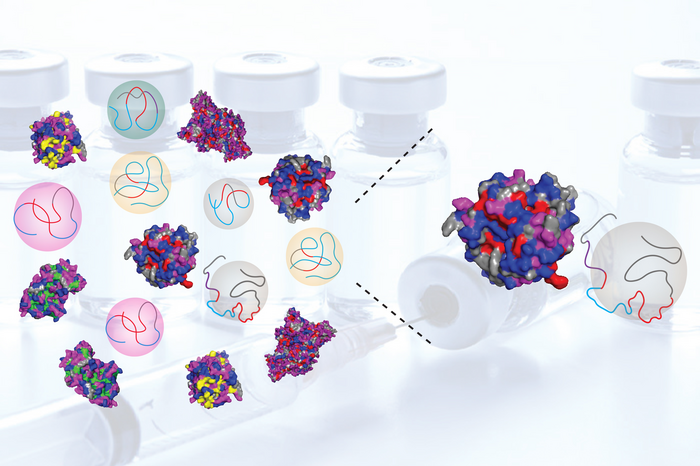
Can synthetic polymers replace the body’s natural proteins?
Most life on Earth is based on polymers of 20 amino acids that have evolved into hundreds of thousands of different, highly specialized proteins. They catalyze reactions, form backbone and muscle and even generate movement.
Scientists Discover New Protein Activity in Telomeres
Reporting in the PNAS, UNC School of Medicine researchers made the stunning discovery that telomeres contain genetic information to produce two small proteins, one of which they found is elevated in some human cancer cells, as well as cells from patients suffering from telomere-related defects.
Hijacking our cells’ enzymes to eliminate disease-causing proteins
The researchers looked at a ubiquitin ligase enzyme named FBXL2, known to degrade proteins at various cellular membrane compartments. They found that by attaching or detaching a fat molecule or lipid to FBXL2 — a process called palmitoylation and de-palmitoylation — they could direct where the FBXL2 went. They also discovered that in order to travel in the aqueous cellular environment for the delivery of lipid-modified FBXL2 to membrane compartments, it used a trafficking protein called PDE6D, which is known to shield the lipid modifications.
First-of-its-kind instrument officially ushers in new era of X-ray science
Arizona State University has officially begun a new chapter in X-ray science with a newly commissioned, first-of-its-kind instrument that will help scientists see deeper into matter and living things. The device, called the compact X-ray light source (CXLS), marked a major milestone in its operations as ASU scientists generated its first X-rays on the night of Feb. 2.
Study Explores Effects of Resistance Training in Older Adults at the Cellular Level
Aging and related diseases are associated with alterations in oxidative status and low-grade inflammation, as well as a decreased endoplasmic reticulum (ER) unfolded protein response (UPR). UPR is a functional mechanism by which cells attempt to protect themselves against ER stress. Researchers analyzed these proteins in peripheral blood mononuclear cells of elderly subjects and used computer simulation to predict the key proteins associated with these biomolecules underlying physiological adaptations to exercise. They collected blood samples about five to six days before and after the training period and analyzed various oxidative stress biomarkers in peripheral blood mononuclear cells. The study takes research one step further in helping to elucidate the benefits of exercise in this population.
Modified nucleotides used in COVID-19 vaccines work as designed
The remarkable effectiveness of mRNA vaccines against SARS-CoV-2 has generated much interest in synthetic mRNA therapeutics for treating and preventing disease. But some basic science questions have remained about whether the modified nucleotides used in the vaccines faithfully produce the protein products that they are designed to make.
Protein Parts Must Indeed Wiggle and Jiggle to Work Right, New Research Suggests
Johns Hopkins Medicine scientists report they have probed the atomic structure of proteins to add to evidence that the wobbles, shakes and quivers of proteins play a critical role in their ability to function. The findings of the research may help scientists design new drugs that can modify or disrupt the intricate “dances” of proteins to alter their functions.
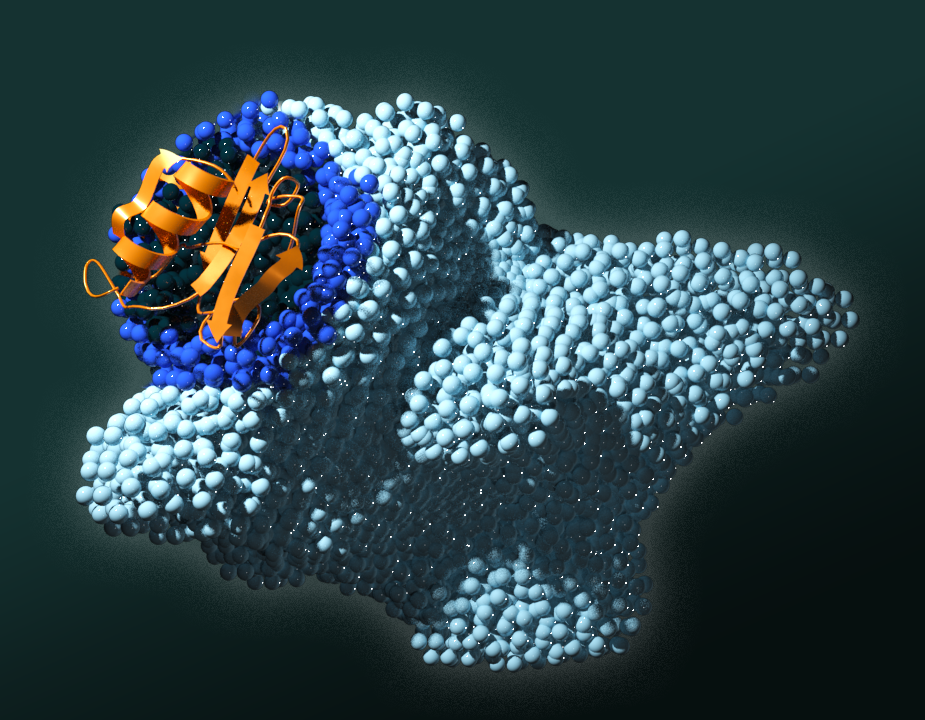
Scientists discover cancer trigger that could spur targeted drug therapies
Researchers at the Department of Energy’s Oak Ridge National Laboratory have definitively linked the function of a specific domain of proteins important in plant-microbe biology to a cancer trigger in humans, knowledge that had eluded scientists for decades.
Human cells take in less protein from a plant-based meat than from chicken
In ACS’ Journal of Agricultural and Food Chemistry, researchers report that proteins in a model plant-based substitute were not as accessible to cells as those from meat. The team says this knowledge could eventually be used to develop more healthful products.
Computer Simulations of Proteins Help Unravel Why Chemotherapy Resistance Occurs
Understanding why and how chemotherapy resistance occurs is a major step toward optimizing treatments for cancer. A team of scientists including Markus Seeliger, PhD, of the Renaissance School of Medicine at Stony Brook University, believe they have found a new process through which drug resistance happens.
Shark antibodies may have the teeth to stop COVID-19
Tiny antibodies in sharks have dexterity and flexibility that human antibodies do not. They can bind tightly to the spike proteins of coronaviruses and neutralize the virus. This could help researchers develop new vaccines and therapies for COVID-19.
‘Nanobodies’ from Llamas Could Yield Cell-Specific Medications for Humans
In “proof of concept” experiments with mouse and human cells and tissues, Johns Hopkins Medicine researchers say they have designed tiny proteins, called nanobodies, derived from llama antibodies, that could potentially be used to deliver targeted medicines to human muscle cells.
Researchers Explore Manipulation of Proteins as Way to Leverage Changes in Extracellular Matrix
Article title: PDIA3/ERp57 promotes a matrix-rich secretome that stimulates fibroblast adhesion through CCN2 Authors: Andrew L. Hellewell, Kate J. Heesom, Mark A. Jepson, Josephine C. Adams From the authors: “Thus, manipulation of PDIA3 or other relevant resident proteins within the…
Combating Antibiotic Resistance
As bacterial infections impervious to drugs rise, so does the need to develop better antibiotics
Researchers create a breakthrough tool for superfast molecular movies
Certain biological events, such as proteins changing their shapes to perform some functions, occur so quickly that current methods of molecular imaging cannot capture them. Now, a research team has created a machine-learning technique that can “fill in” missing data needed to document proteins in action in time scales of a few quadrillionths of a second.
Can Proteins Bind Based Only on Their Shapes?
Proteins bind together through a complex mix of chemical interactions. What if some proteins bind due to their shapes, a much simpler process? Researchers used the Summit supercomputer to model a type of interaction that requires proteins to chemically “fit” precisely. The team found that among a sample of 46 protein pairs that bind to one another, 6 often assembled based on their shapes.
Einstein-Developed Treatment Strategy May Lead to HIV Cure
Armed with a novel strategy they developed for bolstering the body’s immune response, scientists at Albert Einstein College of Medicine have successfully suppressed HIV infections in mice—offering a path to a functional cure for HIV and other chronic viral infections. Their findings were published today in the Journal of Clinical Investigation.
Regulator Proteins or Symphonies of Genes: Statistical Modeling Points Way Toward Unified Theory for DNA Folding
Researchers seek to point a way toward a unified theory for how DNA changes shape when expressing genes. Presenting their work in Biophysics Reviews, the scientists use an approach called statistical mechanics to explore the phenomenon of so-called expression waves of gene regulation.
Scientists Find a Pair of Proteins Control Supply Lines That Feed Cancer Cells
In human cancer cell and mouse studies, researchers from Johns Hopkins Medicine have found that a set of proteins work in tandem to build supply lines that deliver oxygen and nutrients to tumors, enabling them to survive and grow. The protein twosome, PADI4 and HIF-1, ramp up their activity under low-oxygen conditions that are typically found in a fast-growing tumor, allowing it to build new blood vessels that feed the cancer’s growth.
Inflammatory Proteins Help Better Diagnose Progression of Alzheimer’s Disease
Testing for some inflammatory proteins associated with the nervous and immune systems will help diagnose the earlier onset and progression of Alzheimer’s disease, according to a Rutgers study.
Scientists repurpose cancer and seizure medications to aid in the fight against COVID-19
Two teams of researchers using the Advanced Photon Source identified existing drugs — one used to treat cancer, the other an anti-seizure medication — that may work as treatments for COVID-19.
Major NIH award to Wayne State to offer state-of-the-art proteomic research capabilities
Wayne State University has been awarded a $1.29 million high instrumentation grant from the National Institutes of Health to purchase a state-of-the-art mass spectrometer for identification and quantitation of proteins in biomedical research samples.
Advanced Photon Source helps reveal how antibodies bind a molecule linked to cancer
Researchers have developed antibodies that can bind to phosphohistidine, an unstable molecule that’s linked to cancer. To learn how the two bind together, the team turned to the powerful X-rays at Argonne’s Advanced Photon Source. These new insights into its structure will help scientists design better antibodies for potential treatments.
Made in the shade or fun in the sun
Researchers discovered how individual phytochrome isoforms respond differently to light intensity and temperature, enabling land plants to colonize the planet many millions of years ago — and allowing plants to acclimate to a wide array of terrestrial environments.
Researchers Identify Proteins That Predict Future Dementia, Alzheimer’s Risk
The development of dementia, often from Alzheimer’s disease, late in life is associated with abnormal blood levels of dozens of proteins up to five years earlier.
CUR Health Sciences Division Announces 2021 NCUR Presentation Awardees
CUR’s Health Sciences Division announces the 2021 recipients of its NCUR Presentation Awards. The awards cover the cost of registration for undergraduates presenting original research at the 2021 National Conference on Undergraduate Research.
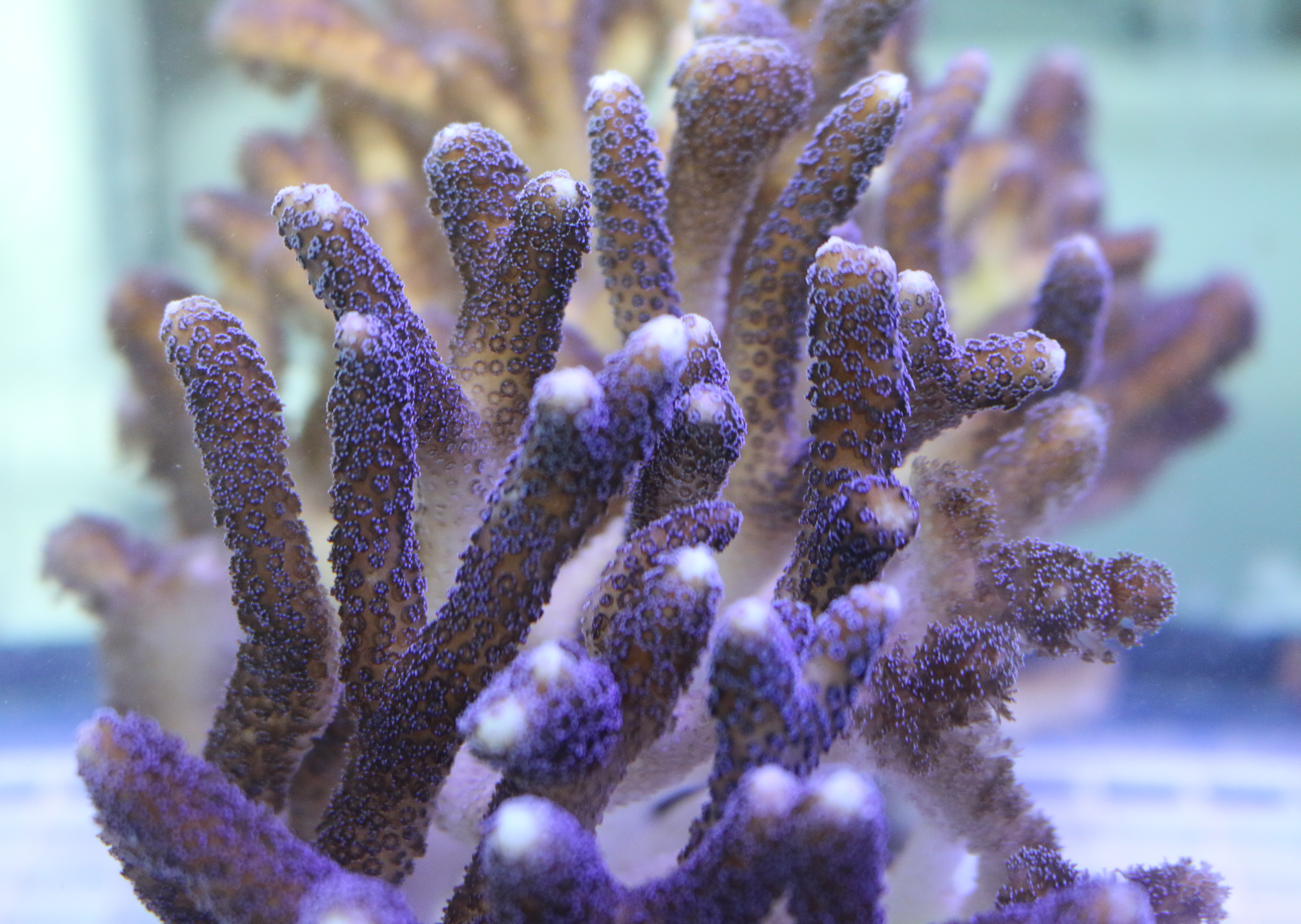
Corals Carefully Organize Proteins to Form Rock-Hard Skeletons
Charles Darwin, the British naturalist who championed the theory of evolution, noted that corals form far-reaching structures, largely made of limestone, that surround tropical islands. He didn’t know how they performed this feat. Now, Rutgers scientists have shown that coral structures consist of a biomineral containing a highly organized organic mix of proteins that resembles what is in our bones. Their study, published in the Journal of the Royal Society Interface, shows for the first time that several proteins are organized spatially – a process that’s critical to forming a rock-hard coral skeleton.
New method targets disease-causing proteins for destruction
Scientists at the University of Wisconsin–Madison have developed a way to use a cell’s own recycling machinery to destroy disease-causing proteins, a technology that could produce entirely new kinds of drugs.
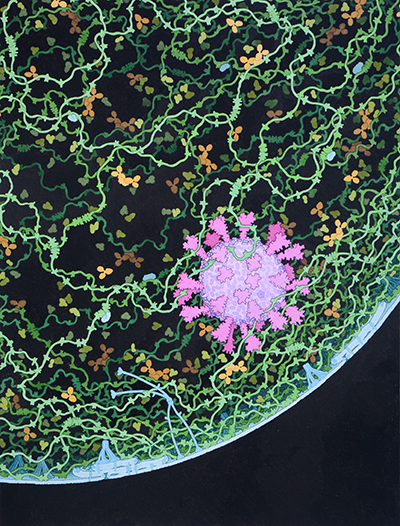
More than 1,000 SARS-CoV-2 Coronavirus Protein 3D Structures Available
New Brunswick, N.J. (March 3, 2021) – The 3D structures of more than 1,000 SARS-CoV-2 coronavirus proteins are freely available from the RCSB Protein Data Bank headquartered at Rutgers University–New Brunswick. The data bank reached the milestone this week, with 1,018 proteins as…
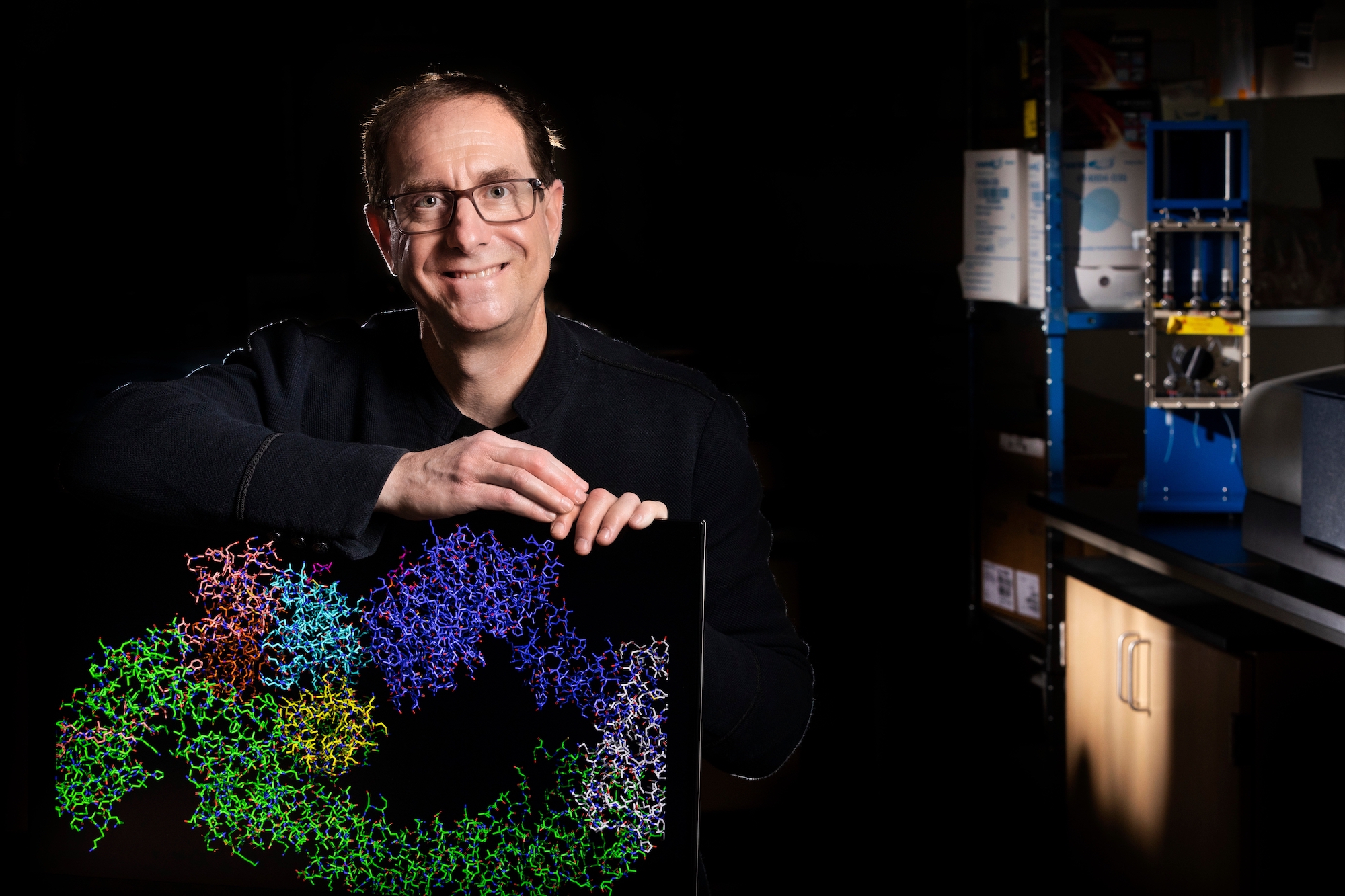
Harnessing the Power of Proteins in our Cells to Combat Disease
A lab on UNLV’s campus has been a hub of activity in recent years, playing a significant role in a new realm of drug discovery — one that could potentially provide a solution for patients who have run out of options.
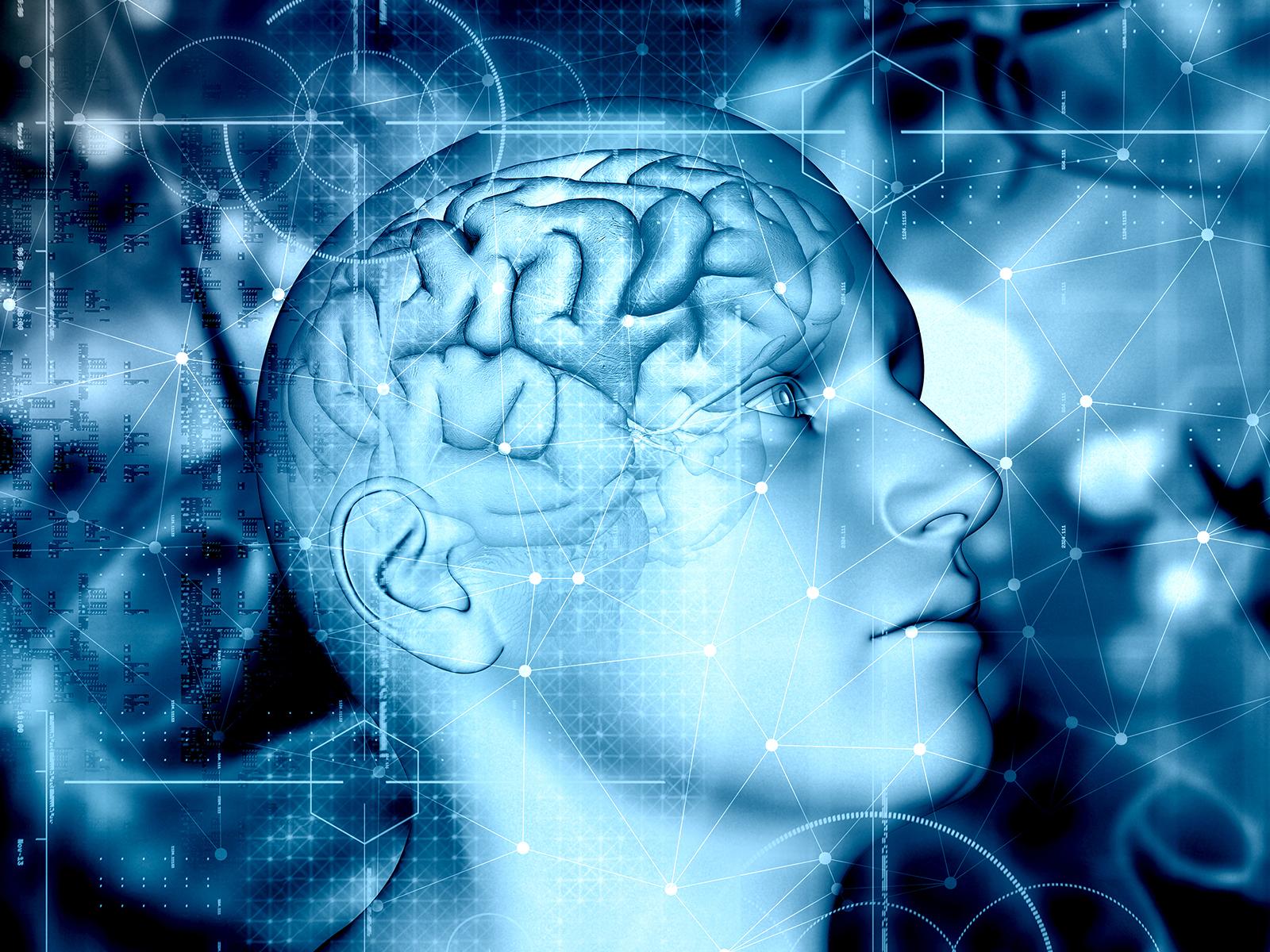
Molecular Details Reveal New Clues about Common Brain Tumor
The largest and most detailed molecular analysis yet of an aggressive brain cancer, called glioblastoma, reveals fundamental details that drive its growth. The

Bringing Bad Proteins Back Into The Fold
DALLAS – Feb. 11, 2021 – A study led by UT Southwestern has identified a mechanism that controls the activity of proteins known as chaperones, which guide proteins to fold into the right shapes. The findings, published online today in Nature Communications, could shed light on hundreds of degenerative and neurodegenerative diseases caused by protein misfolding, such as Alzheimer’s, Parkinson’s, and Huntington’s, potentially leading to new treatments for these devastating conditions.